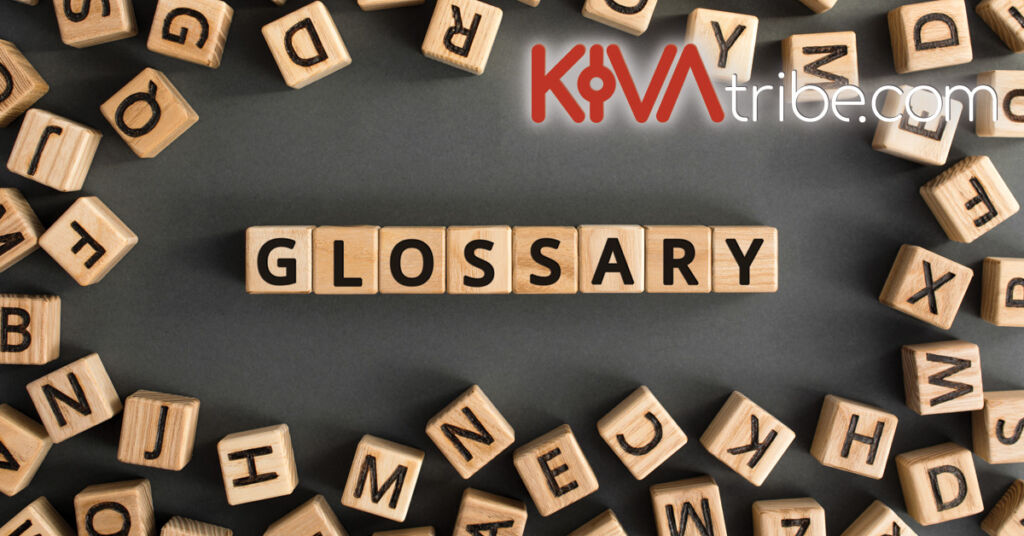
Barefoot Shoe Glossary
The term ‘minimalist shoes’ refers to lightweight shoes that are closer to being barefoot than conventional shoes, however, this term is often used to describe a range of shoes that have varying degrees of minimalism.
Unfortunately this means you can’t always be sure what you’re buying.
Anatomical toe box
A toe box that allows your toes to sit in the correct anatomical position.
Arch support
Specific shaping of the inner sole of the shoe or a shoe insert that provides external support to the arch of the foot.
Barefoot shoe
There is some variation in the way people use and interpret this word, but for the most part, it is a shoe that closely mimics being barefoot, and attempts to remove impediments to optimum alignment and function.
Barefoot friendly shoe
These are shoes that have some but not all the features of barefoot shoes.
Biomechanics
The way bodies move and the science of studying the way bodies move.
Bunions
A health condition where the big toe starts to turn inwards towards the other toes.
Bursitis
Inflammation of the bursa (fluid filled sacs that act like cushions) of the feet (but could also be found elsewhere in the body).
Calluses
Thickened hard skin usually caused by friction.
Compensation patterns
Altered patterns of movement which naturally occur in the body in response to various intrinsic and extrinsic factors in order to continue functioning, often to avoid pain.
Corns
Thickened skin due to pressure and friction that results in an overgrowth of skin cells.
Cushion
Extra padding in the sole of a shoe.
Foot volume
How much space your foot takes up – not to be confused with the height of your arch.
Fungal toe nail
A fungal infection of the toenail.
Gait cycle
The sequence of movements involved during walking between lifting one foot from the ground until it lands again.
Gait mechanics
The patterns of movements involved in walking.
Ground feel
How much you can feel the ground through the sole of your shoe.
Hammer toes
Toes that have become deformed by an abnormal bend in the middle joint.
Heel rise / heel elevation
How high the heel of a shoe rises above the toe.
Heel strike
How heavy your heel lands on the ground when walking.
Ingrowing toenails
A toenail that has started growing into the skin, often found on the outside edge of the big toe.
Insole
Many shoes have an insert or liner that can be removed, which is also called an insole.
Intrinsic foot muscles
Muscles that start and end in the foot.
Metatarsalgia
This is a term that refers to a number of conditions that affect the ball and middle of the foot.
Metatarsal pads
Small pads that are placed underneath the foot in order to encourage proper foot alignment and reposition your forefoot fat pad.
Minimalist shoe
There is some variation in the way people use and interpret this word. Many people use it interchangeably with ‘barefoot shoe’, others use it to refer to lightweight shoes that may not have all the features of a barefoot shoe.
Morton’s neuroma
Painful enlargement of a nerve in the third interspace of the metatarsals.
Motion control technologies
Extra support in the arch and heel of shoes that aims to keep the foot in the correct anatomical position.
Plantar Fasciitis / Plantar Fasciosis
Commonly thought to be caused by an inflammation of the fibrous tissue (plantar fascia) in the bottom of your foot, but in reality due to a lack of blood flow to the plantar fascia.¹
Podiatrist (also known as a chiropodist)
A person qualified to treat the feet and their ailments.
Pronation
The rolling in action of the foot which is naturally part of the gait cycle, which can become excessive under certain conditions.
Roll test
The act of rolling a shoe to see how flexible the sole is.
Shoe liner
Many shoes have an insert or insole that can be removed, which is also called a shoe liner.
Shoe liner test
Taking out the liner of a shoe and standing on it to see if it’s big enough or wide enough for your feet.
Stack height
The height of the cushioning above the sole.
Supination
The rolling out action of the foot which is naturally part of the gait cycle, which can become excessive under certain conditions.
Tailor’s bunions
A bunion that occurs on the little toe side of the foot.
Toe box
The area of a shoe where your toes sit.
Toe Socks
Socks that have separate sections for each toe, similar to a pair of gloves, but for the feet.
Toe Spacers
Soft silicone devices that help your toes to sit in the correct anatomical position.
Toe spring
A slight incline in the sole of a shoe at the toe box end that lifts the toe box off the ground.
Tongue Pad
A tongue pad is a small pad that sits under the tongue of the shoe to cushion your foot underneath the laces or to fill space in the shoe for low volume feet, loose fitting shoes or for your smaller foot if your feet are different in size.
Transition shoe
A shoe that has some of the features of a barefoot shoe but not all. Often this means a shoe with a wide toe box and some level of cushioning with very little, if any, heel rise.
Upper
The materials that form the top part of the shoe above the sole.
Zero drop shoe
A shoe with a sole that is completely flat from toe to heel.



Get Social…